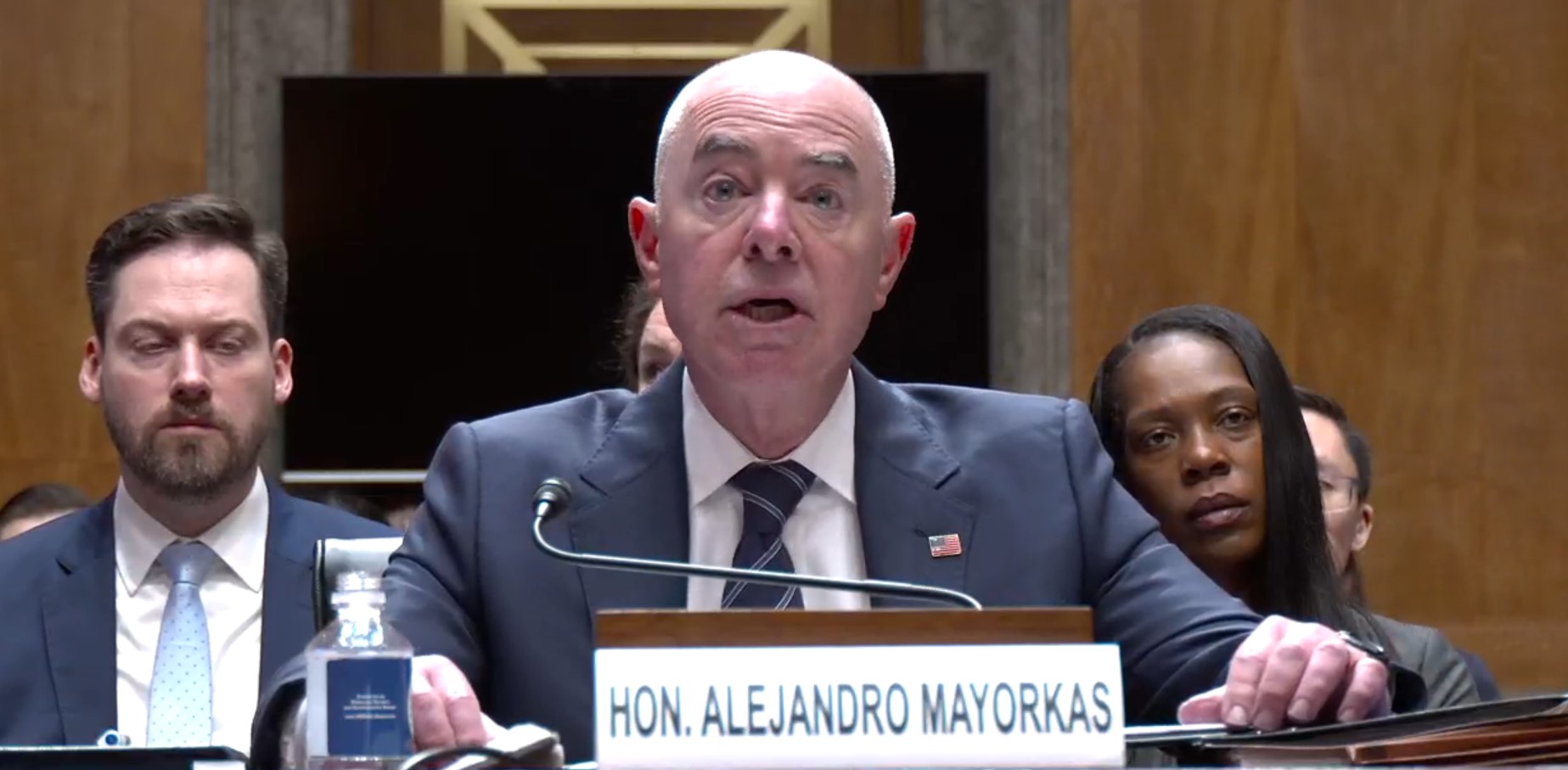Yesterday, Secretary of Homeland Security Alejandro N. Mayorkas outlined strategic guidance to guide critical infrastructure security and resilience efforts by federal agencies, critical infrastructure owners and operators, and other government and private sector stakeholders. This guidance builds on President Biden’s National Security Memorandum (NSM-22) on Critical Infrastructure Security and Resilience and sets forth specific risk areas that should be prioritized in a whole-of-society effort for the next two years to secure the critical infrastructure systems Americans rely on every day.
The priority areas are:
- Addressing cyber and other threats posed by the People’s Republic of China;
- Managing evolving risks and opportunities presented by artificial intelligence and other emerging technologies;
- Identifying and mitigating supply chain vulnerabilities;
- Incorporating climate risks into sector resilience efforts; and
- Addressing the growing dependency of critical infrastructure on space systems and assets.
The guidance issued by DHS reflects a key step in the whole-of-society effort directed by the President to protect the critical infrastructure systems on which Americans rely every day.
“From the banking system to the electric grid, from healthcare to our nation’s water systems and more, we depend on the reliable functioning of our critical infrastructure as a matter of national security, economic security, and public safety,” said Secretary Mayorkas. “The threats facing our critical infrastructure demand a whole of society response and the priorities set forth in this memo will guide that work. I look forward to continuing our work with partners at all levels of government and the private sector to better ensure the safety of all Americans.”
The Director of the Cybersecurity and Infrastructure Security Agency (CISA), as the national coordinator of critical infrastructure security and resilience efforts, will drive sector-specific risk assessments and management plans by (or for) Sector Risk Management Agencies (SRMAs) and other important partners that address the outlined priority risk areas and adopt the identified risk mitigation activities, culminating in the National Infrastructure Risk Management Plan.
“Through close collaboration with our partners, CISA and the Department are working towards safer and more secure critical infrastructure to ensure the functioning of government, the delivery of essential services, and the protection of the American people,” said CISA Director Jen Easterly.
The 2024 Homeland Security Threat Assessment states that domestic and foreign adversaries will likely continue to target our critical infrastructure, in part because they perceive targeting these sectors would be detrimental to U.S. industries and the American way of life. From attacks aimed at disrupting services to espionage focused on gaining access to networks and stealing sensitive information, these actors are constantly adapting their techniques to gain access and potentially compromise these entities.
Critical infrastructure systems provide essential goods and services to Americans like clean water, dependable electricity, food, communications, internet connectivity, and manufactured goods. By issuing today’s guidance, the Department of Homeland Security is leading the national effort to identify and mitigate threats and make more resilient our critical infrastructure in this era of technological advancement and dynamic global volatility.
Read the memo from Secretary Mayorkas on strategic guidance and national priorities for U.S. critical infrastructure security and resilience.

